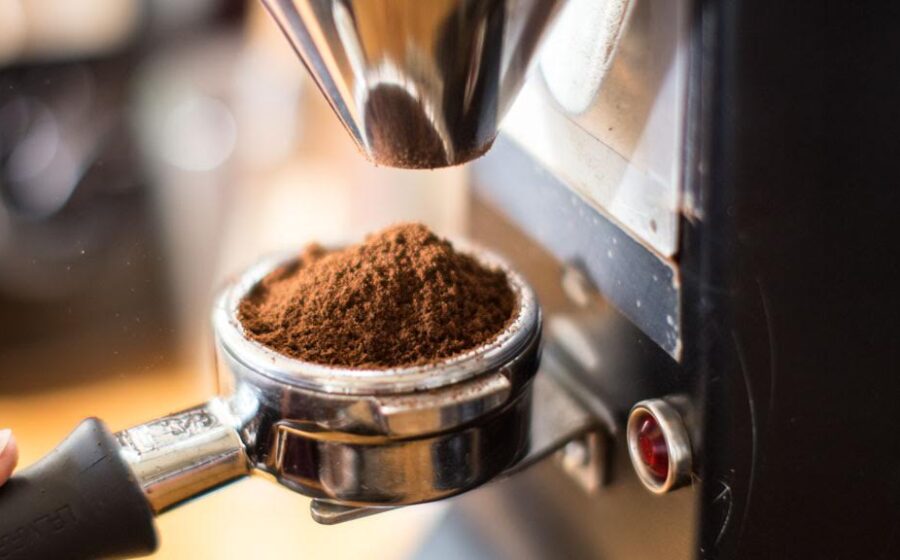[E]ver wondered what would happen if you froze coffee with liquid nitrogen then ground it in a Mahlkönig EK 43? A team led by Christopher Hendon explored this scenario in an effort to determine how grinding roasted coffee is affected by bean origin and temperature. The study, published in Scientific Reports, was conducted by a team of coffee professionals, including Lesley and Maxwell Colonna-Dashwood, Matthew Perger, Stephen Leighton, and a fleet of multidisciplinary scientists across the globe.
The team conducted two experiments. In the first they wanted to see if origin or processing method affected a ground coffee’s particle size distribution. In the second, they wanted to see what temperature did to distribution. In all of the grinds, the team found that the 99 percent of particles produced by the grinder were smaller than 100 micrometers (which is the diameter of an average human hair). While the big particles make up a large proportion of coffee mass, the small particles contribute 75 percent of the accessible surface area, making them the determining factor for the rate of extraction.

The first experiment was pretty definitive: the grinds of coffee from four origins and two processing methods were statistically indistinguishable. All the coffees ground the same.
Given the coffees’ similarities, one origin was selected for the temperature experiment. Roasted beans were placed in liquid nitrogen, dry ice, the freezer, and on the countertop. Then they were ground. Samples were controlled for condensation and ground using a Malhkönig EK 43 because its design minimizes the time between dropping coffee into the hopper and grinding. At freezer temperature and below, the coffee ground in a more uniform manner, producing a narrow distribution of fine particulate sizes. At ambient temperatures, the coffee fractured in a less predictable manner.
So a group of scientists froze coffee, ground it, and measured it with lasers—so what? While origin and processing method don’t influence how coffee grinds, temperature does. Looking at coffee at a microscopic level showed that the common café practice of adjusting burr aperture throughout the day might not be enough; grinding finer with warm burrs will not produce the same result as grinding coarser with cold burrs. More importantly, however, is that grinding coffee at realistic temperatures, such as those found in cafés, poses significant challenges for quality assurance.
The take-home message: though freezing can be an effective method to mediate consistency, don’t start freezing all your shots just yet. Frozen beans break into smaller pieces, which means with the same recipe, the rate of over-extraction is increased. Coffee is hard to work with at room temperature, and as the burrs and weather get warmer leading into summer, espresso quality becomes increasingly variable.
The full text of the study is available here.
—Ellie Bradley is Fresh Cup‘s associate editor.
















